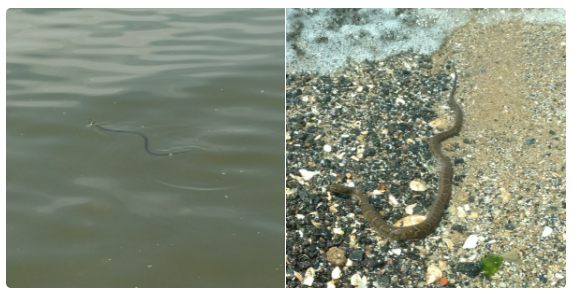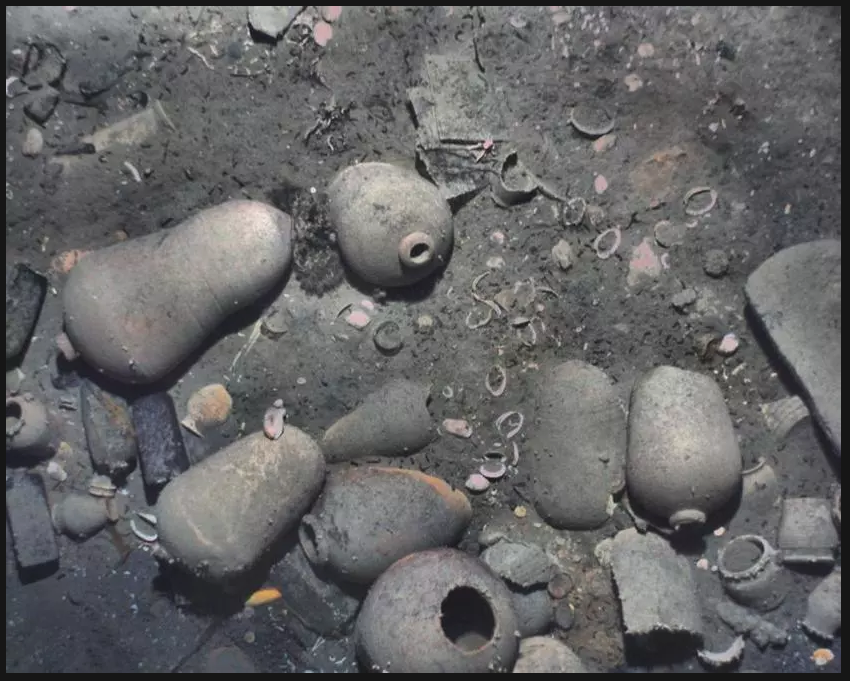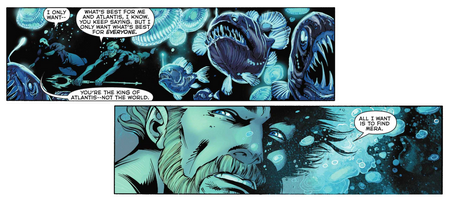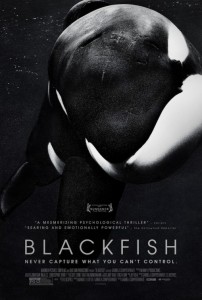
Muster (updates from the blog)
- Southern Fried Science has a fresh, new, mobile friendly look! Let us know what you think in the comments.
- We welcomed two new writers in as many months! Please give a huge welcome to Angelo Villagomez and Rachel Pendergrass. Check out their first articles:
- Spotted in the Chesapeake: We met a friendly Northern Water Snake swimming around the Bay this weekend. Northern Water Snakes are common and completely harmless. If you see one, just say “Hi” and let them be.

Foghorn (A Call to Action!)
- Yale study: Newspaper op-eds change minds and The Long-lasting Effects of Newspaper Op-Eds on Public Opinion. Scientists and conservationists, this summer, make an effort to publish a Letter to the Editor or OpEd in your local paper. If you’ve done so, please leave a link to it in the comments.
Flotsam (what we’re obsessed with right now)
“One old gill net found wedged between rocks off the coast of the San Juan Islands reportedly sat atop a pile of marine bird and mammal bones that was three feet deep.”

- It’s been far, far too long since we had a really good boat launch fail. Don’t worry, the crane operator bailed out before the flip and is fine.
https://www.youtube.com/watch?v=YcZ8-MtcZrE


